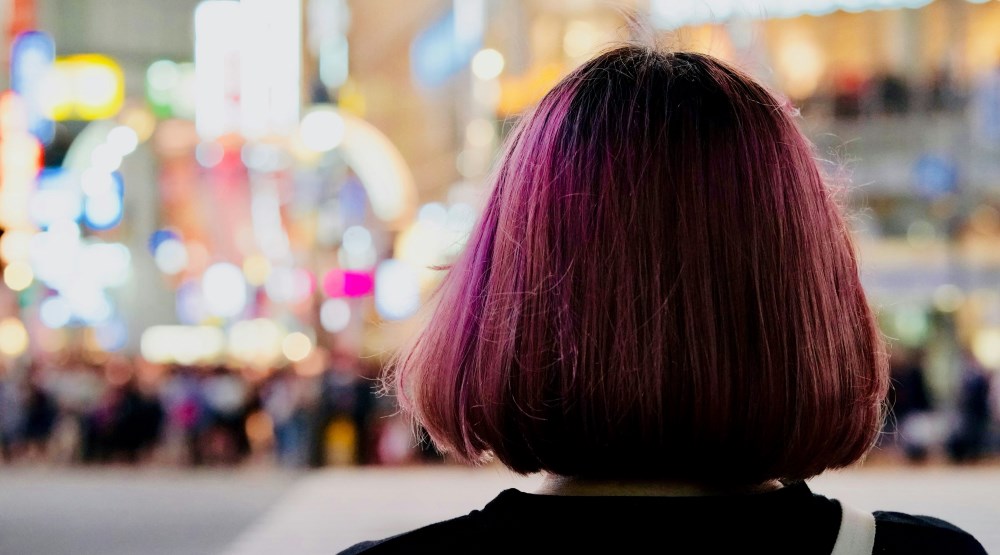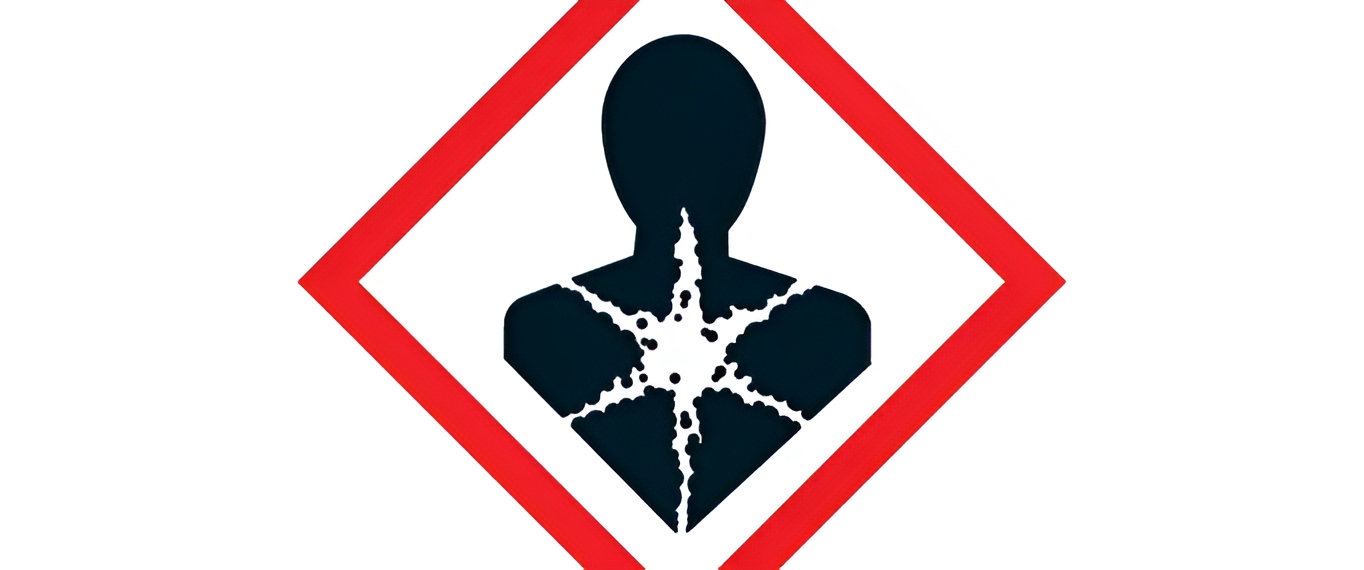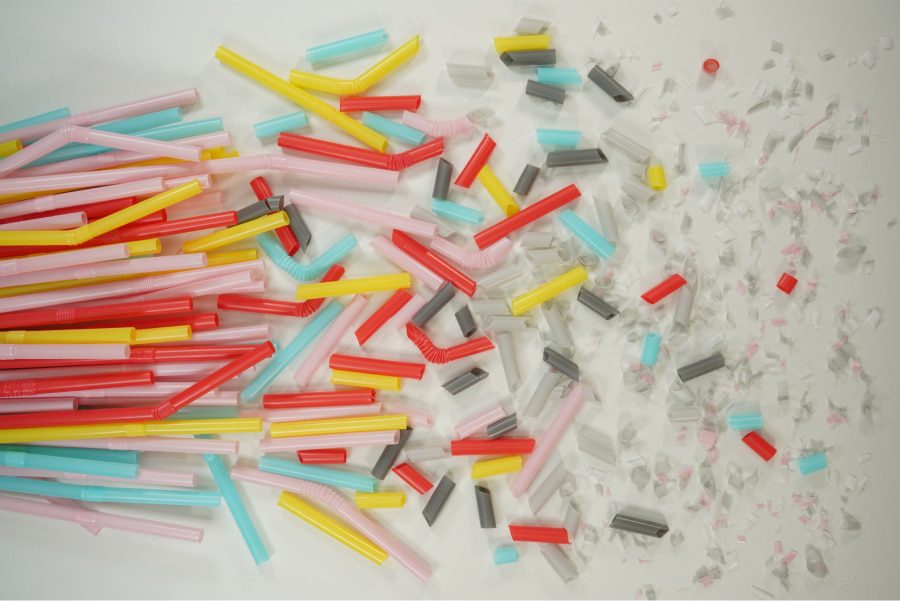The regulatory status of hair dyes differs across countries, depending on the specific rules in each jurisdiction. However, many nations follow similar guidelines. Here’s an overview of the main hair dye regulations in key regions.
European Union (EU)
In the European Union, hair dyes are regulated under European Regulation No. 1223/2009 on cosmetic products. This regulation requires that hair dyes be safe for human use and outlines prohibited and restricted substances. The European Commission maintains a list of approved colours, which undergo safety assessments by the Scientific Committee on Consumer Safety (SCCS). Manufacturers must ensure that their products comply with these standards and provide detailed information about the ingredients used.
All of this is documented in the annexes of the regulation:
– Annex II of the Regulation contains a list of substances prohibited in cosmetic products.
– Annex III lists substances that are restricted, indicating the conditions under which they can be used.
– Annex IV contains a list of colours authorised for use in cosmetic products, including hair colourings.
United States (US)
In the United States, hair dyes are regulated by the Food and Drug Administration (FDA) under the Federal Food, Drug, and Cosmetic Act (FD&C Act). While many hair dyes are considered safe and do not require pre-approval, some coal-tar dyes (used in permanent and semi-permanent dyes) require a declaration of compliance with specific standards. The FDA also monitors reports of adverse effects and may take legal action against non-compliant products.
Canada
In Canada, hair dyes are regulated by the Food and Drugs Act and the Cosmetic Regulations under the jurisdiction of Health Canada. Products must be safe for human use and comply with safety standards. In addition, Health Canada maintains a list of prohibited or restricted ingredients in cosmetic products, including hair dyes.
Australia
In Australia, hair dyes are regulated by the National Industrial Chemicals Notification and Assessment Scheme (NICNAS), now superseded by the Australian Industrial Chemicals Introduction Scheme (AICIS). Manufacturers must notify the introduction of new chemicals and ensure that products comply with established safety standards. The Therapeutic Goods Administration (TGA) also oversees certain aspects of cosmetic products, including the safety of hair dyes.
Japan
In Japan, hair dyes are regulated by the Pharmaceutical Affairs Act. Products must be registered and approved by the Ministry of Health, Labour and Welfare (MHLW). Japan maintains a list of ingredients approved for use in hair dyes and requires detailed safety assessments.
India
Cosmetic products in India are regulated by the Central Drugs Standard Control Organisation (CDSCO), the national regulatory body overseeing cosmetics, pharmaceuticals, and medical devices. Hair dyes fall under the Cosmetics Rules 2020, and an application for the import of cosmetics (COS 02) must be obtained for compliance.
The Bureau of Indian Standards (BIS) establishes standards for various types of hair dyes, including powder, liquid, and emulsion-based hair dyes. Ensuring safety in cosmetics is of utmost importance, as only safe products are suitable for consumer use. Hair dyes are generally classified into two broad categories: powder hair dyes, and liquid, gel, or cream hair dyes.
According to BIS, hair dyes have different standards based on their category, as outlined by the Indian Standards (IS):
– IS 10350: 2019 “Specification for powder hair dyes”.
– IS 8481“Types Oxidation hair dyes liquid”.
– IS 15205:2002 “Emulsion type hair dyes”.
Hair Dyes are cosmetic products intended for imparting colour to hair to produce varying shades:
a) Oxidation hair dyes (liquid)
b) Oxidation hair dyes (emulsion type)
c) Vegetable based hair dyes
The BIS (Bureau of Indian Standards) provides a positive list of pigments, dyes, and colours classified under the GRAS (Generally Recognized As Safe) category, which are permitted for use in cosmetics. Products containing dyes, colours, or pigments not approved by BIS cannot be manufactured or imported.
The GRAS classification ensures that only safe ingredients are used in cosmetic formulations:
- IS 4707 (Part I) ‘Classification of cosmetics raw materials and adjuncts: Part 1 comprising of a list of dyes, pigments and colours.
- IS 4707 (Part 2) ‘Classification of cosmetics raw materials and adjuncts. Part 2 Comprising a negative list of raw material which shall not form part of the composition of cosmetic products, along with a list of substances which cosmetics products shall not contain except subject to restrictions and conditions laid down.
- ANNEX A: List of substances which must not form part of the composition of cosmetic products.
- ANNEX B: List of substances which cosmetic products must not contain except subject to the restrictions and conditions laid down.
- ANNEX C: List of preservatives which cosmetic products may contain.
- ANNEX D: List of U.V filters which cosmetic sunscreen products may contain.
The BIS not only provides a list of compounds that cosmetic products cannot contain without adhering to specific limitations and conditions but also publishes a negative list of raw materials prohibited in their composition. All cosmetic products must meet BIS standards for quality, safety, and performance.
Enhancing safety regulations and control standards for cosmetics in India is essential. The primary goal of these regulations is to ensure that cosmetic products marketed to consumers are safe, of high quality, and effective, with proper labelling and safe ingredients. Do not hesitate to reach out to NKGABC for Indian compliance services.
Additional things to consider
Natural Dyes

Natural hair dyes are derived from plants, minerals, or other natural sources and used to colour hair without synthetic chemicals. These dyes often have better market appeal because they are perceived as less harsh compared to synthetic dyes, offering a more environmentally friendly alternative.
Below is a list of key raw materials commonly used to create natural hair dyes:
1. Henna: Derived from the Lawsonia inermis plant, henna is one of the most well-known natural dyes. It gives the hair a shade ranging from red to orange and can be mixed with other herbs to achieve different shades.
2. Indigo: Often used in combination with henna, indigo (Indigofera tinctoria) can darken hair colour, giving shades ranging from brown to black.
3. Chamomile: Chamomile can be used to lighten hair and give golden highlights, especially on already light hair.
4. Coffee: Coffee can give your hair a darker shade, making it richer and deeper.
5. Black Tea: Like coffee, black tea can also darken hair and add shine.
6. Swiss chard and beetroot: Their juice can be used to achieve red highlights on the hair.
7. Coconut and Amla: Coconut oil combined with amla powder can nourish the hair and give a slight darkening effect.
8. Rosemary: Rosemary infusion can be used to slightly darken hair and improve scalp health.
9. Sage: Sage infusion can darken grey hair.
10. Turmeric: Turmeric can be used to achieve golden highlights on light hair.
To use these natural dyes, it is often necessary to prepare them in infusions or pastes to be applied to the hair and let them sit for a period of time before rinsing. Results may vary depending on your hair type and natural shade.
Heavy metals in dyes
The growing concern about these substances stems from the fact that, once absorbed, they cannot be easily eliminated from the body. Over time, they accumulate in organs and tissues, potentially leading to serious health risks, such as kidney or liver damage, circulatory issues, neurological problems, and even certain forms of cancer. For more detailed information, you can refer to this article on exposure to heavy metals and their health impact.
From a cosmetic perspective, metals commonly detected in market products (like shampoos, creams, and makeup) include mercury, lead, cadmium, arsenic, and nickel. These metals can cause local irritation and allergic reactions when in contact with the skin, or in more severe cases, penetrate through the skin, enter the bloodstream, and cause systemic toxicity. For further information read this publication on heavy metals in cosmetics.
The presence of heavy metals in cosmetic products is not a recent development tied to environmental pollution. Before their harmful effects were understood, many of the metals now banned were intentionally added to cosmetics for specific purposes.
For example, ancient Egyptians used lead sulphide to darken the eye contour, mercury was popular in the 18th century to lighten skin, and by the late 19th century, mercury even served as a base for lipsticks. What is more recent, however, is the awareness of the serious health risks these metals pose when they accumulate in the body, highlighting the need to minimise their contact.
To date, the main danger of heavy metal exposure in cosmetics comes from lip products (lipstick, lip balm) and eye products (mascara, eyeliner, kohl). This is due to the presence of these metals in the minerals used to extract coloured pigments. In the case of lip products, contaminants can easily enter the bloodstream through involuntary ingestion (like moistening the lips).
Eye products pose a risk through contact with tear fluid or transcutaneous penetration, especially through the thin skin around the eyes. According to the European Regulation, harmful heavy metals (Pb, As, Hg, Cd, Ni) are strictly prohibited in cosmetic products sold within the EU (Annex II).
Other metals, such as zinc, silver, and strontium, are permitted in cosmetics but with specific restrictions and for well-defined uses, such as sunscreens, while aluminium complexes are commonly used in antiperspirants (Annexes III-VI). When comparing international regulations, Europe stands out with the most stringent criteria, focusing on consumer health protection.
However, there is no globally standardised regulation regarding heavy metal limits in cosmetic products. Even among countries with regulations, the guidelines are not uniform. Additionally, even where the use of heavy metals is banned, their presence is allowed within certain technical limits (usually in the order of ppm), when unavoidable. In other words, a prohibition does not guarantee the total absence of heavy metals in the final product.
But are natural dyes actually better?
Interest in natural and organic products has surged in recent years, driven by growing environmental awareness and a heightened focus on the ingredients used in daily hygiene routines. This shift in consumer mindset has fostered the widespread belief that natural products are inherently safer, while synthetic or chemical ingredients are perceived as harmful.
However, not all products labelled as “natural” truly fit that description. Often, the natural component is minimal, with synthetic substances added for preservation, colouring, or fragrance. Moreover, as mentioned previously, even predominantly natural or organic ingredients are not immune to contamination from pollutants or heavy metals present in the environment.
The scientific literature on the contamination of cosmetic raw materials is unfortunately still quite limited. However, if we consider findings related to the same substances used in the pharmaceutical or food sectors—such as olive oil, argan oil, honey, or herbs like horsetail, yarrow, and nettle—the conclusion remains consistent: it is nearly impossible to guarantee that any product, regardless of its intended use, is entirely free of heavy metals.
This is due to two primary reasons:
- the ubiquitous nature of these metals
- the limits of detectability by analytical tools
It is for this reason that the Regulations admit, as we have seen, a residual presence within the finished cosmetic product.
What claims can be made regarding the uses of hair dye products?

We know that cosmetic claims on hair dye products are statements used to describe the characteristics, benefits and performance of such products. These claims must be truthful, not misleading, and supported by scientific evidence.
The regulation in the European Union on cosmetic claims is detailed and strict to protect consumers from misleading claims, see the specific Regulation 655/2013 on the subject and the related guidelines issued (last update 2019). For further information see our article on cosmetic product claims in the EU.
Examples of common claims about hair dyes
- Colour Duration:
- “Permanent colour for up to 8 weeks.”
- “Resistant to washing up to 20 washes.”
- Colour Intensity:
- “Intense and vibrant colour.”
- “Full coverage of grey hair.”
- Hair Treatment and Care:
- “Enriched with argan oil for soft and shiny hair.”
- “Formula that protects and strengthens hair during colouring.”
- Safety and Composition:
- “Ammonia free.”
- “Dermatologically tested.”
Each claim must be substantiated and verified by scientific evidence or through specific usage tests to avoid presenting information that could be deemed misleading to consumers.
The case of salicylic acid
Salicylic acid is utilised in cosmetic products for various purposes, including as a denaturant, hair and skin conditioning agent, exfoliant, anti-acne cleansing agent, anti-dandruff agent, and preservative.
According to Annex III of Regulation 1223/2009, salicylic acid is permitted for use at specific concentrations and under certain conditions:
(a) 3% in rinse off hair products,
(b) 2.0% in other products except body lotion, eye shadow, mascara, eyeliner, lipstick, roll-on deodorant,
(c) 0.5% in body lotion, eye shadow, mascara, eye liner, lipstick and roll-on deodorant.
Salicylic acid is prohibited in preparations for children under the age of 3 and must not be used in applications that could result in exposure to the end user’s lungs through inhalation. Additionally, it is restricted in oral products, permitted only for the purpose of inhibiting the growth of microorganisms, and this intended use must be clearly indicated in the product’s presentation.
These limitations apply to all uses of salicylic acid. The most recent opinion from the Scientific Committee on Consumer Safety (SCCS 1646/22, June 2023) reaffirms the specified limits for rinse-off products, including hair dyes.
Ultimately
Do you have concerns about the microbiological safety of your refillable product? Contact us, and we will be happy to help you assess your product to ensure it meets safety standards!



